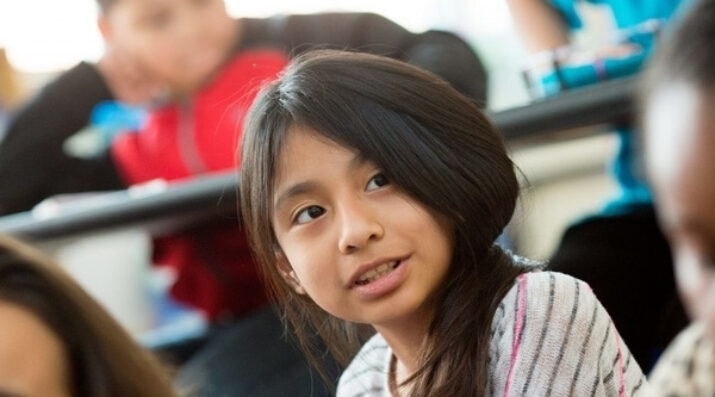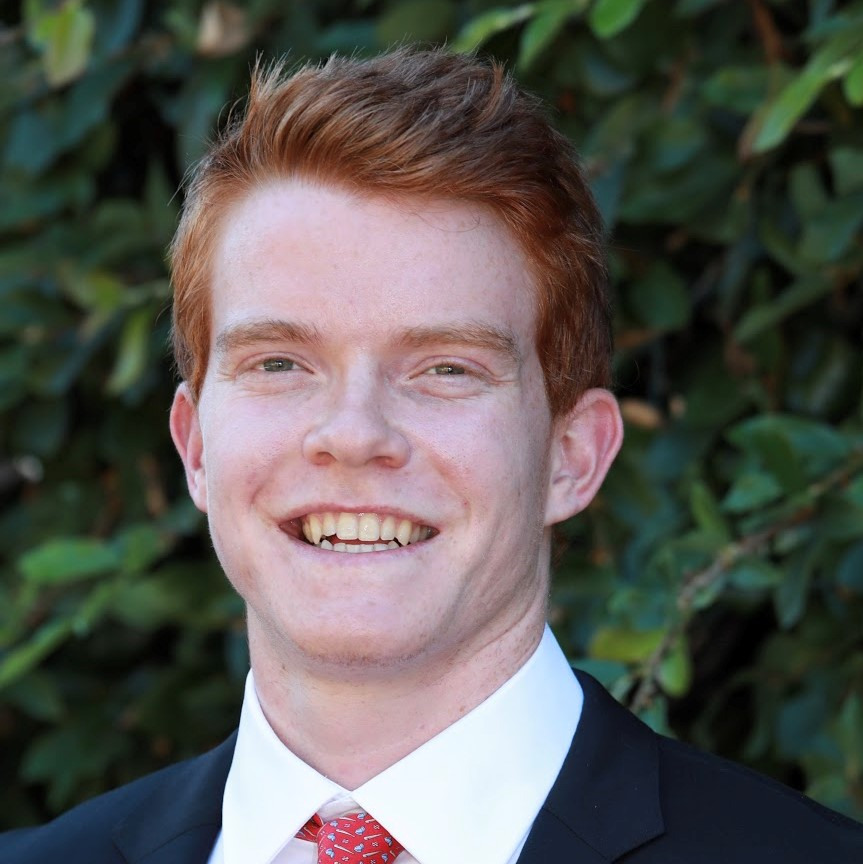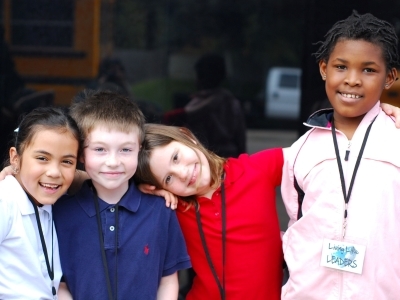Teaching beyond the (Modern) Classroom
Topics

When educators design and create new schools, and live next gen learning themselves, they take the lead in growing next gen learning across the nation. Other educators don’t simply follow and adopt; next gen learning depends on personal and community agency—the will to own the change, fueled by the desire to learn from and with others. Networks and policy play important roles in enabling grassroots approaches to change.
What motivates a teacher to transform the way they teach? A look at educators using blended, self-paced, mastery-based learning in their classrooms.
What motivates a teacher to transform the way they teach? As an aspiring educator preparing to join the profession, I’ve thought about this question a lot. It's also an important question for anyone interested in improving K-12 education with students at the center. Understanding teachers' "why's" can help create the conditions needed to support them as well as the students they serve. This summer, I was lucky enough to get a picture of this when I profiled Modern Classrooms educators from around the country. The educators I profiled came from all different backgrounds and communities. One opted to teach after 10 years in the armed forces. Another had four uncles who all taught. A third opted to ditch his job as a computer systems engineer after 9/11 made him realize he had to do more for his community. Despite their differences, all Modern Classrooms educators have one thing in common: without fail, they put students' needs before their own.
What had motivated such diverse and effective teachers to overhaul their teaching style? Why would they commit to 30+ hours of summer training and pursue a new model of education with the Modern Classrooms Project if they were already successful? I tried to find this answer through introspective questions: Can you think of a moment when your students inspired you? What have your students taught you? What is your biggest disappointment as a teacher?
“As a teacher, students don’t care how much you know until they know how much you care.”
Their answers were remarkable. In each answer, selflessness shone through, either by the teacher or by their students. One teacher was inspired by the time his school’s basketball players and cheerleaders went into the community to help neighbors clean their property after terrible tornadoes tore through the area. A second choked up when talking about seeing students care for one another after classmates have died. Another glowed when recounting how a student with autism had managed to turn her condition into a strength even as the rest of the world devalued her for it. In this way, teachers connected with their students on a human level. They developed relationships with them and tried to get to know them each on a personal level. One teacher I profiled summed up this philosophy best: “As a teacher, students don’t care how much you know until they know how much you care.”
Once students began to see that teachers were invested in them as individuals and not just as students, education transcended academics. As these educators saw it, teaching is not about dates, equations, and prepositional phrases. Education, rather, is about ensuring equity, fairness, and equal opportunity in a nation that so sorely needs these qualities. Teachers were a positive role model for kids who may lack one. They helped students reflect on their own character and decide who they wanted to be. They did not just prepare their students for the next grade, they helped prepare them for life.
But the current education system is not set up for either students or teachers to succeed. Every teacher spoke to the many problems: certain students didn’t feel challenged enough and those who missed days of school would be lost when they returned. Teachers could not accommodate every student, and inevitably a select few students required the majority of their time. These teachers found the blended, self-paced, mastery-based approach of the Modern Classrooms Project as a way to address these challenges. Each of these teachers’ students can now engage in self-paced instruction tailored to their learning pace. Students move on to the next lesson only after they have mastered the previous one. By taking advantage of technology and video instruction, teachers can now focus on helping those who struggle without neglecting everyone else. As one teacher told me, it makes her feel like she cloned herself.
Before this summer, I had considered pursuing a career in education. During my years in college, I have taught civics and government to fifth grade students, and I have been hooked since the very first day. On the best days—days with enough preparation, hard work, and good luck—I have felt education’s magic. One day, for example, I asked my fifth grade students to propose laws they would like to see implemented in their community. One girl advocated for no homework, and another demanded that bacon be served at every meal. My students chatted and chuckled until we arrived at the last student. In a hushed, somber tone, this young boy asked that we make guns illegal so he would not have to hear gunshots every night as he fell asleep. I thanked him for sharing and approached him individually while my co-teacher continued the exercise with the rest of the class. I asked what inspired him to propose his idea. He said he did so because he now knew he could. Before learning about the law-making process in our class, he never realized that any citizen could call their governmental representatives to propose a law. Our lesson showed him how education could be a path to changing his life and his society. That realization was one of my most gratifying moments in education so far. From that moment on, I resolved to continue working in education to keep trying to have this influence on all my students.
Not only, then, are these Modern Classroom educators idols for their students, but they have become my role models too.
My work with the Modern Classrooms Project this summer has reaffirmed this conviction even further. I’ve heard firsthand about the impact that a good teacher can have on their students and their community. It requires dedication, creativity, and empathy, but even with all three sometimes a lesson will still fall flat. Either way, a teacher tries to recapture the magic the next day—and searches for new approaches, like the Modern Classrooms model, that increase the probability of success.
I have been given a gift in the opportunity to learn from distinguished, experienced educators (and community leaders) from all over the nation, and their impression on me has been just as strong as the one they leave on students. I want to follow their lead and act as a positive influence for my students and my community at large. As these teachers have shown, the Modern Classrooms Project’s student-centered approach to teaching can help me connect with my students better than ever before. Not only, then, are these Modern Classroom educators idols for their students, but over the course of this summer they have become my role models too.
Photo at top courtesy of Allison Shelley/The Verbatim Agency for American Education: Images of Teachers and Students in Action




